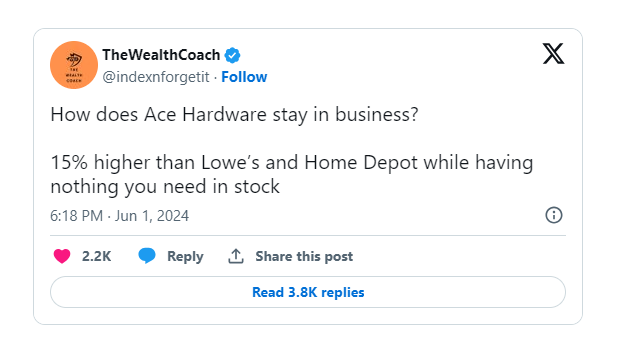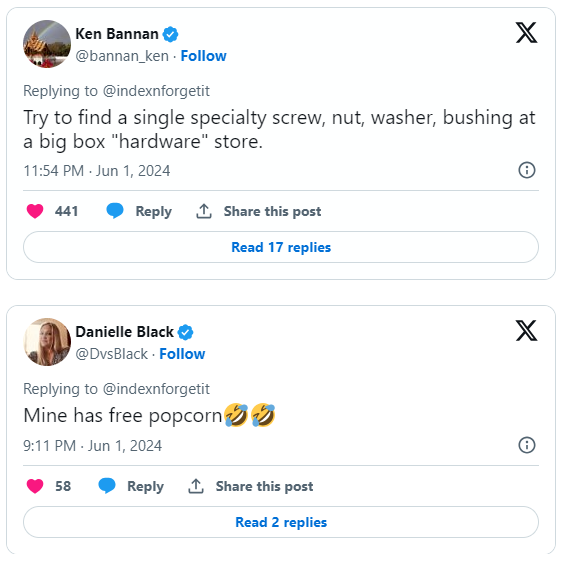Starbucks Leadership: 'Everything Is Fine.' Starbucks Customers: 'Where's My Coffee?'
Your algorithms will never be better, or more important, than customer perception
By Suzanne Lucas
Starbucks customers say lines are getting long, and the wait times are probably making customers cranky as they wait 15 minutes or more for their coffee. But Starbucks says everything is fine--and that its staffing algorithm, which supposedly led to the line issue, is "upgraded," along with the company's staffing policies.
I'm not a coffee drinker, so I rarely visit a Starbucks. But I can tell you that this is a classic case of how relying too much on technology becomes a problem.
Technology is often cheaper than employees, so if you can have an algorithm figure out your staffing needs rather than training a store manager to do so, that's a tremendous cost savings. But it can lead to problems.
Algorithms and predictive models in general can be very helpful in planning, but you have to remember the very important programming phrase: garbage in; garbage out.
The past isn't as important as the future
The very nature of computer models is that they use past data to predict the future. That's how humans work as well--I may not drink coffee, but I know better than to go to Costco on a Saturday because I know it will be crazy. My past experience has taught me that.
But humans can add in flexibility where algorithms see numbers. Sure, if you put the right data into the computer predictive model, you can get great answers. But do your algorithms know how to handle new things like promotions and specials? Starbucks employees say no, that the company's algorithms don't account for "promotions and unpredictable customer requests."
While no one, not even a human, can account for unpredictable customer requests (that makes it the very definition of unpredictable), it's doubtful that the Starbucks algorithm completely leaves out info about promotions. That seems like important data.
But it doesn't feel like it takes it into account, and that is an important thing to consider.
Your employees' -- and customers' -- feelings matter.
I'm a huge fan of facts. I prefer facts over feelings, and I think people make too many decisions on the basis of feelings. But that isn't to say feelings don't matter. They do. And how your employees perceive staffing levels, and how customers perceive wait times, matters more than factual reality.
This is one of the reasons you'll find the lines at Disney parks to be surrounded by interesting things to do and see--it's an attempt to change your perception of the time you stand in line for a two-minute ride.
If your employees believe they are understaffed, then you're probably understaffed. If customers think their coffee takes 15 minutes, showing them a time stamp that proves it was only 11 minutes and 15 seconds probably doesn't make them feel warm and fuzzy.
The importance of perception
On that note, I recently stumbled across this X (previously Twitter) post about Ace Hardware.
I have thought the same before. I used to live in a neighborhood with an Ace Hardware, and I wondered how it could compete against Home Depot and Lowe's. But as I read the replies to the post, I realized that whenever I had the option, I shopped at Ace.
Look at these customer perceptions:
Customers want to feel like a company is taking care of them--and they are willing to pay a premium to do so. Does Ace have an algorithm that measures the importance of popcorn machines? I have no idea, but clearly, it has an impact.
When you examine the facts, you also need to speak with your employees and determine what they think and feel. If you have unhappy customers, telling them that they are wrong won't bring them back. Their perception is their reality -- even if that reality is false according to the data you feed into your algorithm.






